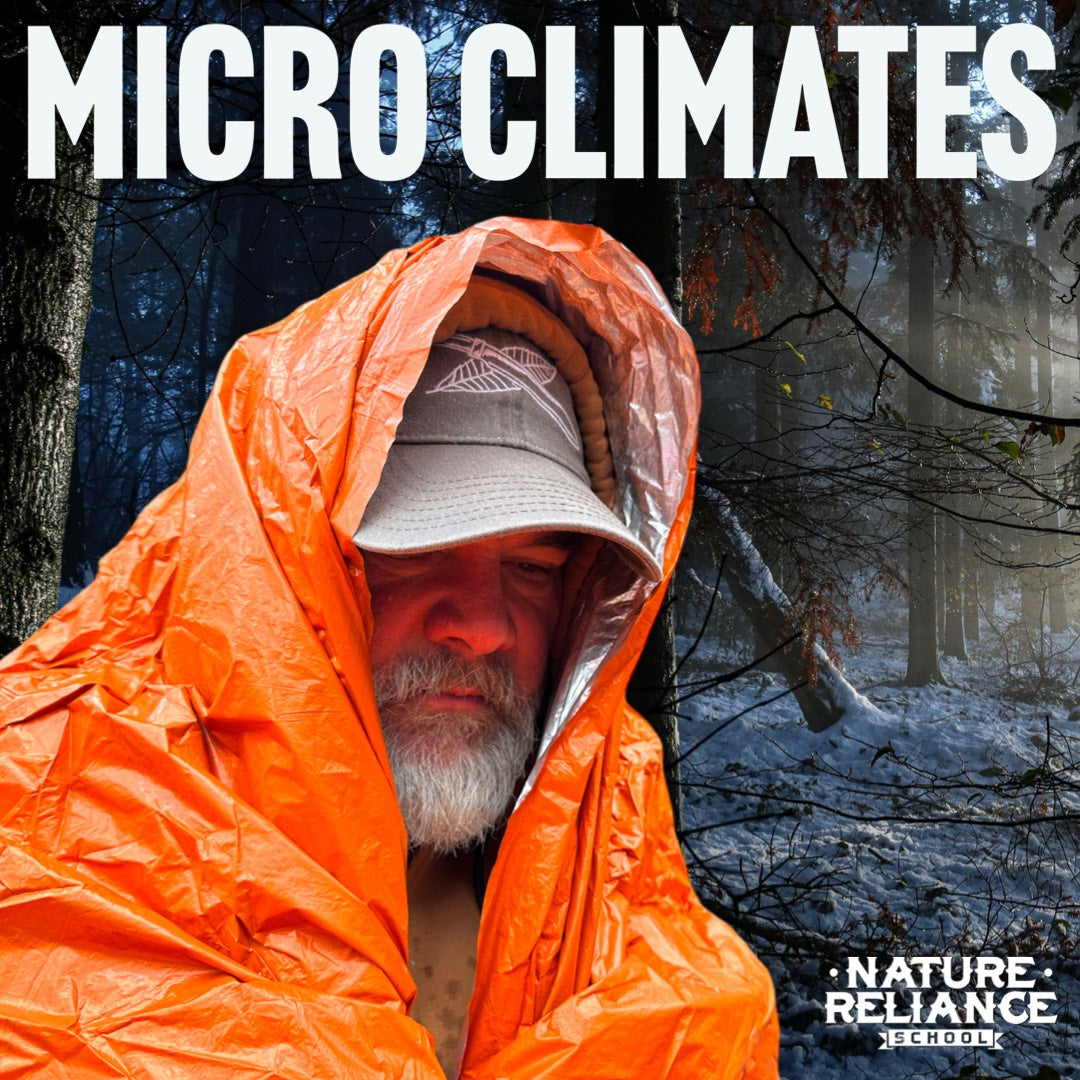
Surviving in Style: How Microclimates Shape Our Outdoor Adventures
Microclimates, those small and localized atmospheric zones where the climate differs from the surrounding area, are more than just a meteorological curiosity; they are crucial to understanding and navigating the natural world. These variations are influenced by a myriad of factors:
-
Geography: The specific geographical features, like elevation, orientation, and proximity to water, play a significant role. A valley, for instance, may experience a completely different climate than the surrounding hills due to unique wind patterns and sun exposure.
-
Urban Environment: Cities, with their dense concentrations of buildings, concrete, and asphalt, often give rise to the "urban heat island" effect, where urban areas experience higher temperatures than their rural counterparts.
-
Vegetation: In areas rich in vegetation, the local climate often differs markedly from less green spaces. Plants and trees can significantly alter humidity levels, temperatures, and even local wind patterns.
-
Soil Types and Moisture: The nature of the soil, including its type and moisture content, impacts how much heat is absorbed or reflected, influencing the local temperature and humidity.
-
Altitude: The higher the altitude, the cooler the temperature, often resulting in distinct microclimates even within a small geographic area.
-
Water Bodies: Being near oceans, lakes, and rivers can lead to the formation of microclimates, as these water bodies tend to moderate the temperature, making nearby areas cooler in summer and warmer in winter. This is also evident near small wildlife ponds.
The concept of microclimates is particularly relevant when considering survival gear, outdoor shelter setups, and even the selection of destinations for outdoor activities. Here's how:
-
Ruffs on Hoods: A coat with a fur ruff on the hood creates a unique microclimate around your face, trapping warmth and reducing wind chill. This results in a higher temperature and increased humidity around your face, providing comfort in extreme cold.
-
Super Shelters: The super shelter, a concept made well-known by Mors Kochanski, harnesses solar energy with a clear plastic sheet and a reflective backdrop to create a warm, stable environment inside, significantly warmer than the external air, and offering protection in cold wilderness conditions.
-
Desert Survival: Setting up a double-layer tarp shelter in hot climates can create a heat-dispersing microclimate. The area between the tarps holds heat, which is dispersed, keeping you cooler.
-
Insulated Layers: Different layers of clothing create microclimates too. Wicking layers transfer moisture, while synthetic or down vests trap heat within their fibers. Waffle knit fleece allows heat to travel along its pattern, warming other body parts. These layers work together to manage heat efficiently.
Lastly, thermals in forested areas are slightly different and related to microclimates. Caused by the sun heating the earth, birds use these rising columns of warm air for energy-efficient soaring, significantly influencing wildlife behavior and habitat choices.
Understanding microclimates is key to outdoor preparedness and enjoyment. Whether it's choosing the right gear or setting up a shelter, knowing these unique atmospheric conditions can make a significant difference in your outdoor experiences.


Leave a comment